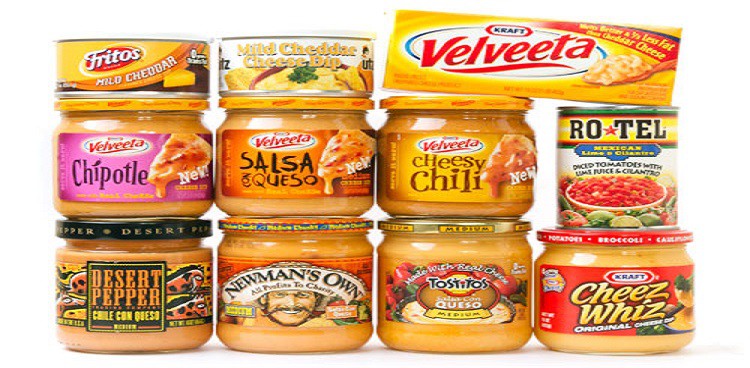
Cheesemaking is a time-tested and aged art, but the process is only half of the story! The history of cheese is not quite as simple as you might think, and it can connect us back to some of the most iconic figures of the past. From politicians to pop stars, join culture intern Emily as she dives into history and learns about the cheese culture during the life and times of some of America’s most famous faces. Last week we looked at the chart-topping singles of Elvis and American cheese. This week we’re taking a closer look at legendary daredevil, Evel Knievel, and the bold beginning of queso dip.
With an adrenaline-inducing career that can be characterized by motorcycles and leather jumpsuits, American daredevil Evel Knievel is the stuff of legend. Known for preforming terrifying and life-threatening stunts, Knievel somehow managed to survive to age 69 with a lifetime total of 433 bone fractures. And since his stunts often included dangerous elements like rattlesnakes, piled cars, lines of buses, and Idaho’s Snake River Canyon, 433 bone injuries seems like a relatively lucky number, all things considered. Despite the ever-present likelihood that one of his stunt shows could go horribly (and fatally) wrong, the American public was engrossed by Knievel’s performances; thousands would attend each event, and many of his most daring challenges were televised.

Photo Credit: Image courtesy of evelknievel.com
Evel Knievel’s many injuries, surgeries, and replacements perhaps made him the closest thing to a fearless Frankenstein that the world will ever know. And during the 1970s, at the height and also subsequent end of Evel Knievel’s career, another hybrid creation was making its official debut onto the culinary scene: Tex-Mex. To modern eaters, Tex-Mex probably seems like an integral part of American cuisine; flavors of the southwest are enjoyed throughout the country, and our national love of tacos, chili, and nachos makes Tex-Mex much more than a regional delicacy. Inspired by food from our south-of-the-border neighbors, the Americanized version of traditional Mexican cooking was not officially recognized as a trend until the 1970s. Food writer, Diana Kennedy, known as the “Julia Child of Mexican Cuisine”, officially distinguished the two culinary styles in her 1972 book, The Cuisines of Mexico, and set into motion a category of food that has become iconically “American”.
Of the many delicious things that Tex-Mex is known for, queso dip is perhaps the most beloved Frankenfood of all. This cheesy concoction is frightening in its own right, but as much as we love to hate it, we just can’t stop ourselves from devouring the stuff. Queso as we typically know it (that is, the crayon-colored liquid that oozes out of non-refrigerated jars) has been popular throughout the United States since it was first introduced to sports fans in the 1970s by inventor Frank Liberto, who pioneered the pre-melted nacho cheese sauce craze. The American version of queso dip is known for its addition of spicy peppers, while the original Mexican version of queso often gets its heat from chorizo. As pictured below, the Mexican queso recipe – known as queso fundido or choriqueso – is typically made with Chihuahua cheese, produced in a region of Mexico with the same name.

Photo Credit: Image courtesy of rodeomexicanrestaurant.com
Today, there are plenty of recipes to help you make your very own fresh queso dip, free of the chemical stabilizers that are the “secret ingredient” in jarred versions. But when the product first appeared in the rowdy stadiums of 1970s America, chemical-laden cheese was the last thing people were thinking about as they enjoyed their new favorite game day snack.
Comments:
Tex-Mex is about the sizzling plates of fajitas and newborn-baby sized burritos. While the stereotypical decor found in Mexican restaurants throughout American is – dare I say it? – rather cheesy, the delicious food often makes up for it. Where are some of your favorite places to chow down on Tex-Mex or traditional Mexican cuisine? Share your answer in the comments section, and you can win a free issue of our latest print edition! Comments must be posted by Tuesday, November 25, 2014 to be eligible to win. Winners must be located in the continental US. Good luck!
Photo Credit: Featured image courtesy of seriouseats.com


